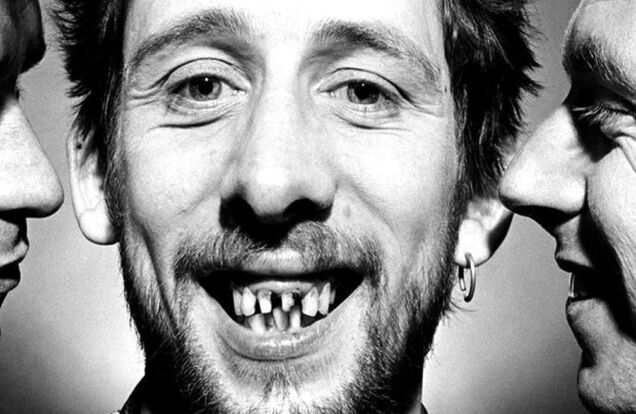NEHEMIAH PERSOFF AT 101
The Best Character Actor of All
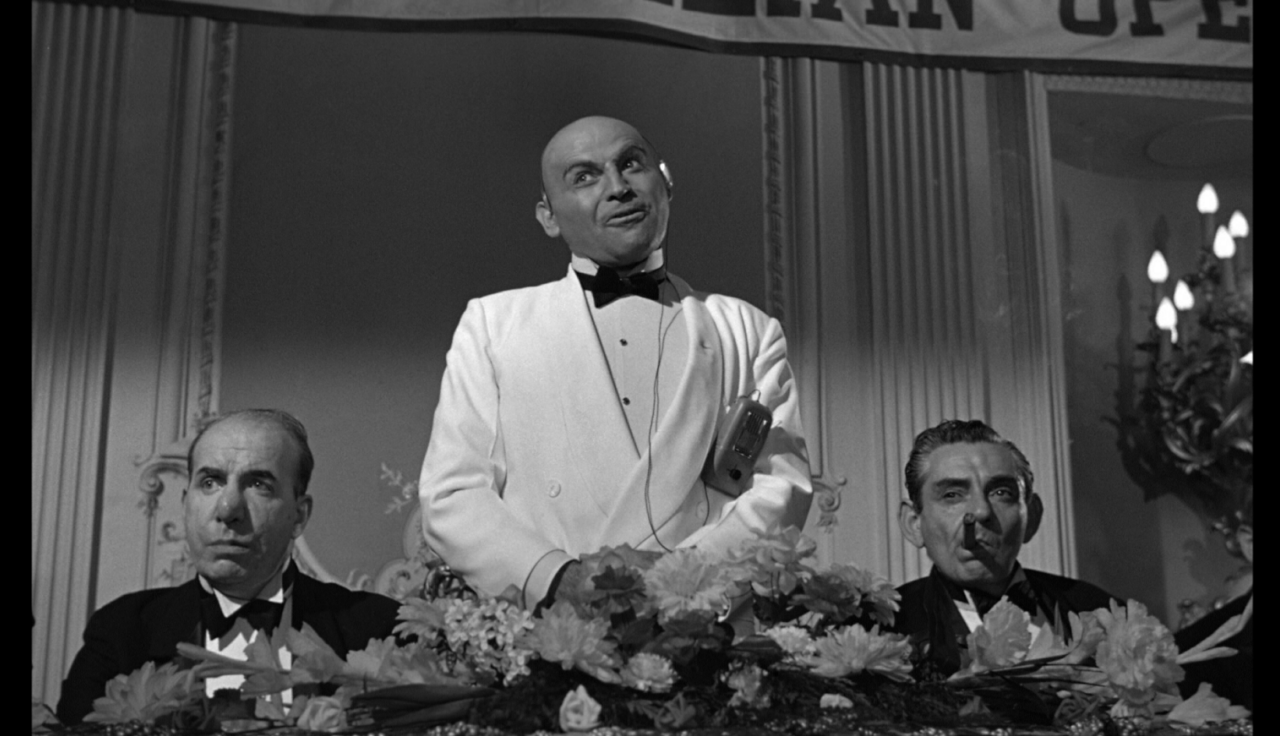
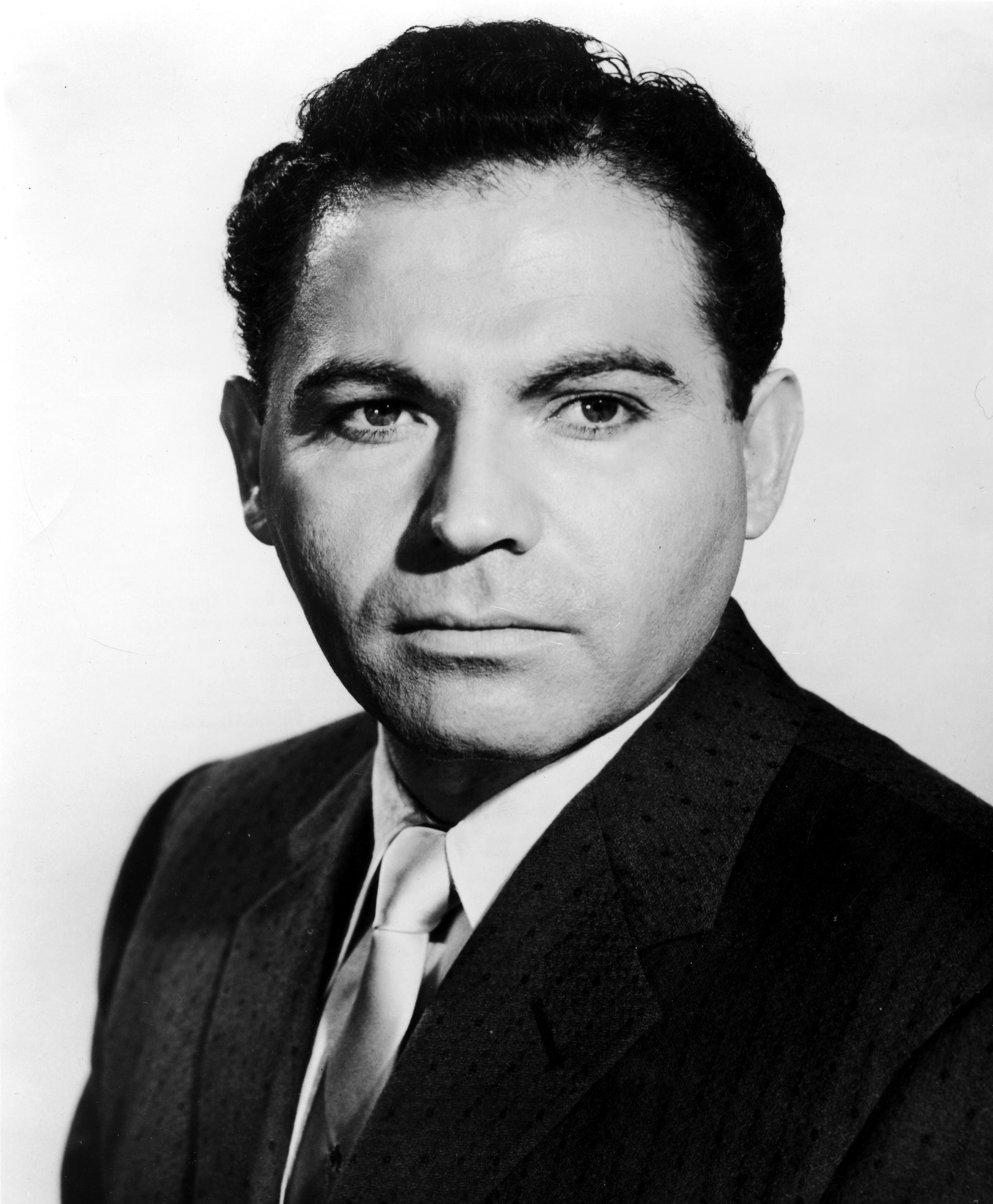
Nehemiah Persoff is 101 going on 102, more than 60 years after his standout performance in a film many consider to be the greatest American comedy, Billy Wilder’s “Some Like it Hot.”
Persoff is the lone major player left from the 1959 film, which generated some of the greatest performances in the careers of Marilyn Monroe, Tony Curtis and Jack Lemmon.
A character actor whose career in film and television spanned more than five decades with more than 400 credits, Persoff has the unique distinction of being the only actor alive who can name Humphrey Bogart, Marlon Brando, James Cagney, Kirk Douglas, Henry Fonda and John Wayne as his former co-stars.
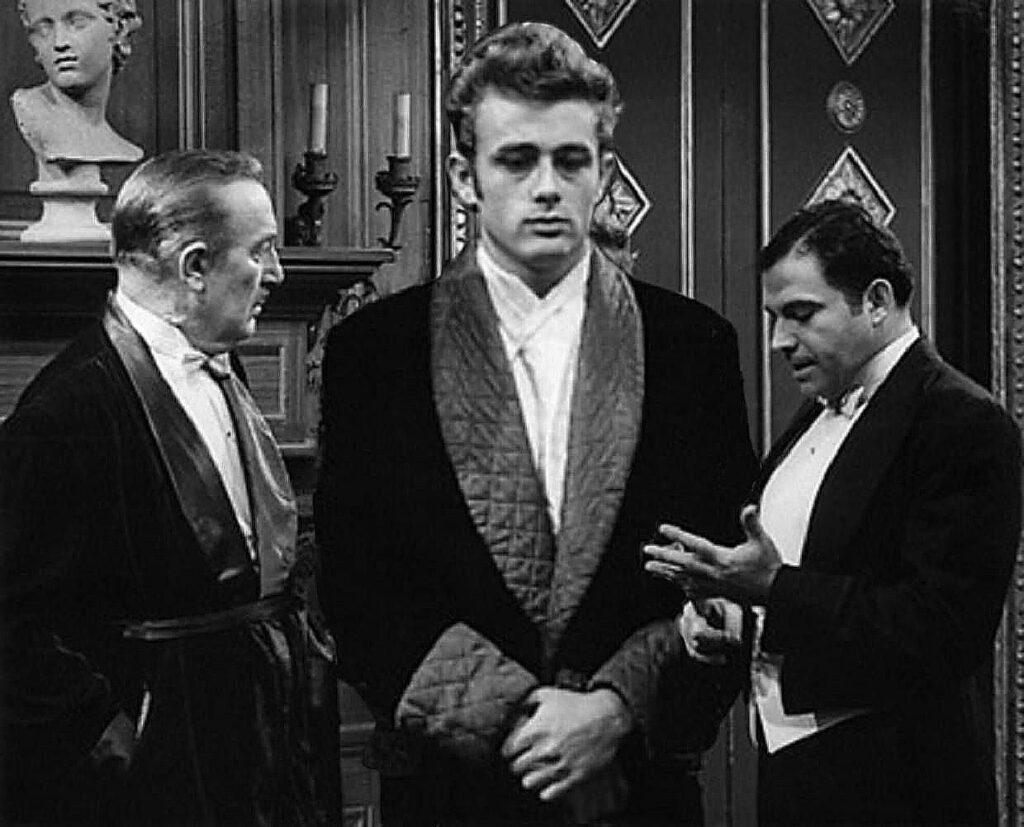
He provided a crucial scene-stealing role in “Some Like it Hot” as the colorful head gangster Little Bonaparte (like Edward G. Robinson’s “Little Caesar” character) while leading a meeting at a Florida hotel ballroom full of gangsters that included George Raft. For a movie that was a freight train of memorable scenes, Persoff’s performance stands out for being over the top.
Sixty years later, the actor remembers the movie well, though he is slightly critical of his own performance.
“It was a ridiculous moment,” Persoff said. “I look at it now and it’s not as crazy and wild as I liked it to be but it’s OK.”
He says he used a “composite of guys I knew” from spending time in a bar in downtown New York City frequented by wise guys.
He claims to have had an actor fired on the set who was expecting Robinson to play his role.
The role as Little Bonaparte was intended to be played by Robinson himself. Persoff said there may have been some tension between Raft and Robinson which prevented him from appearing. Robinson’s son, Edward G. Robinson Jr., played a pivotal character as a gunman during the scene. Adding to the Robinson connection is a birthday song during the scene that is the opening song of the 1945 Robinson film “Scarlet Street,” directed by Fritz Lang.
“All of the parts were caricatures,” Persoff said of “Some Like it Hot.” Just as Little Bonaparte was a play on the gangsters that Robinson played, Raft, Pat O’Brien and Joe E. Browne also played familiar parts. Curtis famously does an impression of Cary Grant.
When Persoff acted out his scene, the studio next door was being used by Otto Preminger to direct Sammy Davis Jr., Sidney Poitier and Dorothy Dandridge in the film “Porgy and Bess.” Wilder let Davis and Dandridge sit in on the set while Persoff acted. Wilder “was telling joke after joke” before they shot the scene, Persoff said.
While Persoff did not become as famous as many of his co-stars, he has the distinction of having played a role in one of the most iconic scenes in movie history. He was the man behind the wheel as Brando and Rod Steiger engaged in the “I could have been a contender” sequence in Elia Kazan’s “On the Waterfront.” Persoff is only seen on camera driving Steiger away after the two part ways.
He was able to land the role based on his connections at The Actor’s Studio, where he had been working on his craft since its founding.
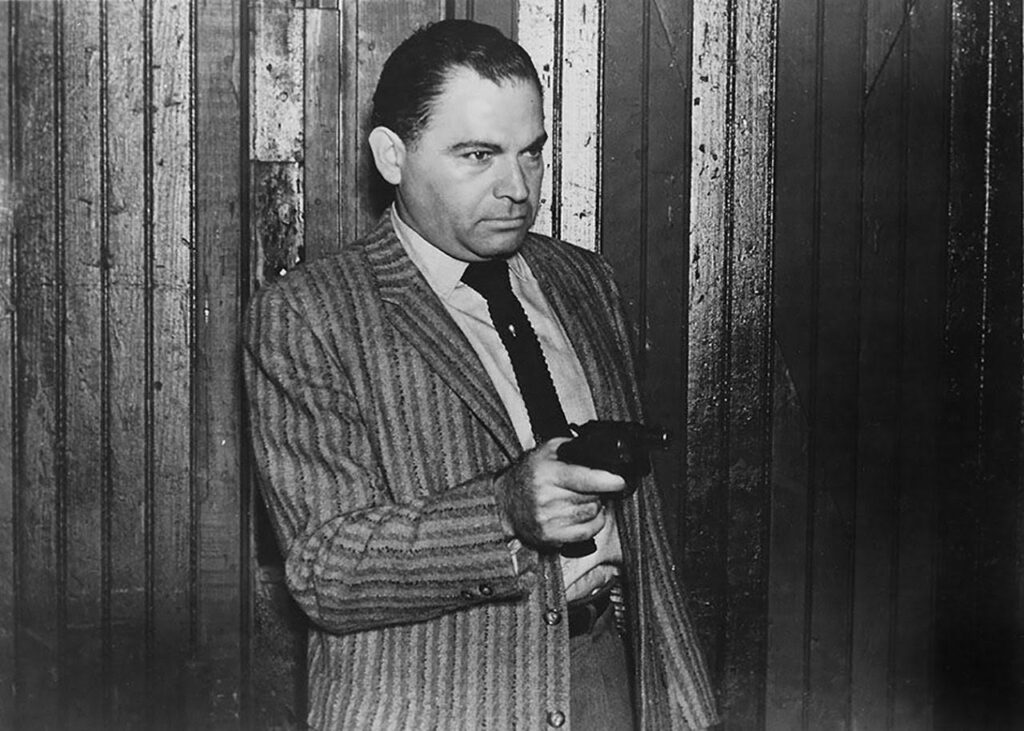
After a class in 1954, co-director Lee Strasberg told Persoff he could make $175 by taking the part of cab driver in Kazan’s movie.
Little did he know he would be involved in such a seminal moment in movie history. Persoff sat in the front of a cab cut in half. The camera zooms in on him in the pivotal moment after Brando leaves the car.
As Persoff prepared for his closeup of driving the cab away in a hurry, he says Kazan “stuck his head through the window and said ‘this guy killed your mother.’” Thus explains Persoff’s animated look as he turns his head around with a deranged look in his eye and turns the wheel sharply as the scene closes and takes a dramatic turn. In a way, it is reminiscent of the classic “Godfather” scene when the driver turns the car around carrying Al Pacino on the George Washington Bridge.
Persoff was born in Jerusalem to a Jewish mother whose family had been there for six generations, and a father who emigrated from Ukraine. He grew up with two brothers and two sisters. “It was quite wonderful,” he said.
“People needed each other. I don’t think anything beats not living for yourself but being part of a community. We had no money at all but we always had three guests for dinner,” Persoff said.
“People came there from a very difficult situation.They wanted to shed the image of the European Jew who suffered so much in Poland and Russia. They built it (Israel) out of nothing.”
His father was a painter, who also taught at an arts school. “Financially, he didn’t make enough to feed the family,” Persoff said. So they left for New York in 1929, just in time for The Great Depression. “The plan was to go for just five years,” he said.
His dad left first, finding work as a jeweler in Manhattan. The children followed but his mother wasn’t allowed on the boat with them due to a health issue. Asked if it was traumatic, Persoff replied, “It was traumatic for her alone. I had the run of the ship.” She followed two months later.
Persoff’s affinity for acting and mischief started early. “I was always an actor,” he said. “I fell in love with my kindergarten teacher, Ms. Carmen. She was so pretty. I remember riding my tricycle when I was three and I fell purposely, and she bent down to help me.” Persoff says this from his California home as his wife Thia laughs.
Perloff was 10 when he settled in Brooklyn. “It was tough. I was a kid. What did I know? Once, my poor mother wanted to buy soup greens for three cents. She asked the storekeeper if she could pay at the end of the week,” he recalled. “We didn’t have any ice cream to eat but neither did anybody else.”
The Actor’s Studio in New York City had the greatest impact on Persoff’s career. Before going there, he worked on the subway system and served in the Army during World War 2. Persoff was based in California and Georgia during the war.
At the Actor’s Studio, he acted alongside Julie Harris, Maureen Stapleton, Eli Wallach and James Whitmore. On his first day there, he saw Brando, Montgomery Clift, Karl Malden, Patricia Neal and John Garfield. “I walked out of there 10 feet high,” he said. “The Actor’s Studio was my big break.”
When Actor’s Studio co-founder Kazan moved to Hollywood, Persoff fell under the direction of Strasberg, who he said “made me understand what the hell it was all about.”
Among the lessons were “how to align myself, how to put myself into the role and not be somebody else. The character is not a character it’s me.”
He once met Charlie Chaplin there, who was searching for an actress for his movie “Limelight.” Ironically, it was Claire Bloom who got the part (though she did not attend the Actor’s Studio). She later married Steiger, who acted with Persoff at the Dramatic Workshop. When Persoff went to Hollywood in the late 1950’s, he stayed at Steiger’s home.
While acting together in “King Lear” on Broadway, Steiger put in a good word for him that led to his first prominent Hollywood role in the 1956 boxing film “The Harder They Fall,¨ starring Bogart and Steiger. It was Bogart’s last movie. He was dying of cancer.
“His eyes were running,” Persoff recalled. Persoff had a number of scenes with Bogart, including one where the two go toe to toe.
One day, as Persoff tells it, “Bogart and Steiger were in a scene where Steiger tells a young actor ‘get me a cup of coffee – black.’ The guy comes back and he passes a punching bag and gives it a wack. … Bogart goes ‘what the hell is that?’”
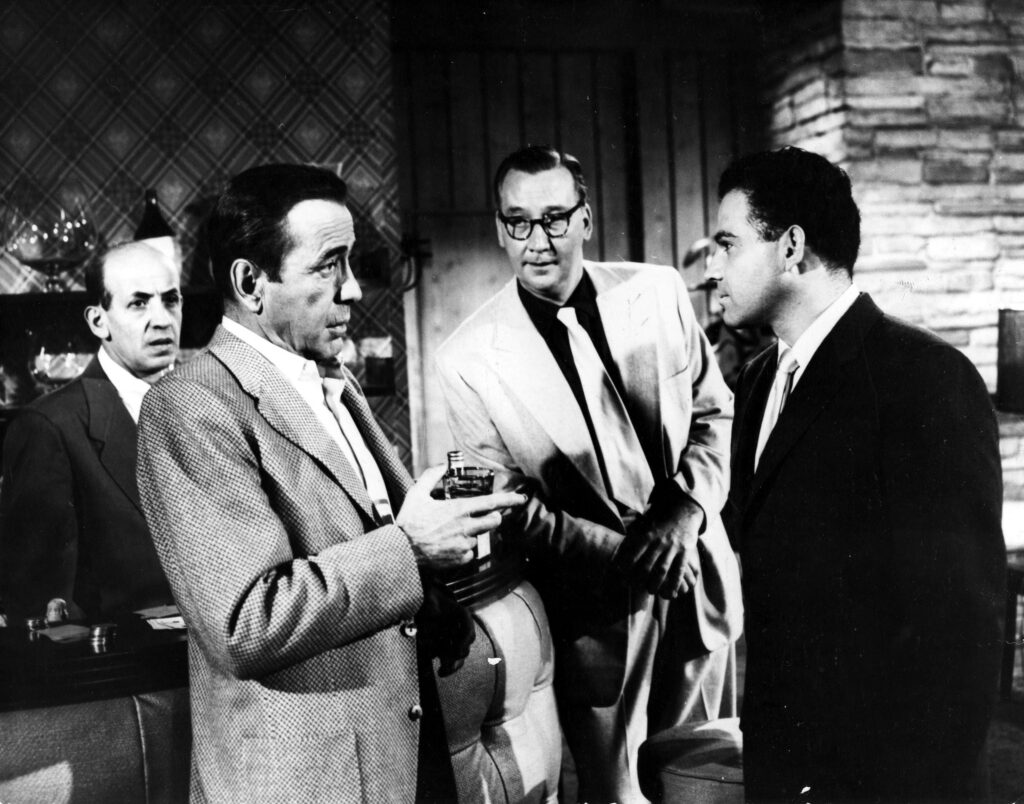
The young actor, Persoff said, said he was illuminating the part of a man who didn’t want to be sent for coffee. “Bogart told him ‘Nobody cares about your part. Just get us the coffee and get the hell out of here.’”
“I thought Bogart was right. The guy had no business,” Persoff said.
Things picked up quickly for Persoff. That year he got a part in Alfred Hitchcock’s “The Wrong Man,” starring Henry Fonda (who came to his aid when a union guy thought Persoff was an extra). He acted with Mary Astor on television. ¨She was very, very nice. During rehearsal, we lived on a railroad flat at 82nd street (in Manhattan). We took her in for lunch. My wife made an omelette. She (Astor) took off her shoes and put her feet on a window.”
Persoff’s association with Charles Lederer helped him get a part in the director’s 1959 film “Never Steal Anything Small,” starring James Cagney. “He (Cagney) had something special. I did a scene with him. For my closeup, he was off camera. To make me get angry, he made faces,” Persoff said. Cagney also knew Yiddish from growing up on the Lower East Side. “He was a little old for that girl,” Persoff said about Cagney’s on-screen love interest Shirley Jones.
That same year, Persoff also made “Al Capone,” with Steiger in the title role and Persoff playing Capone’s mentor Johnny Torrio. “He liked to improvise,” Persoff said. “He threw me a curve. I wanted to indicate that there was a familiar warmth between the two. He rolls the cheese under the table (as if to scare Torrio into thinking it was a bomb). The happiness of seeing him was mixed in with ‘What the hell are you doing?’”
Two years later, he landed a major role opposite Wayne in “The Commancheros,” under the direction of Michael Curtiz. “Nice guy,” Persoff said of Wayne. While Wayne took heat late in his life for supporting the Vietnam War, Persoff found him endearing. “You find some people who are left wing liberal and turn out to be schmucks. Some people are conservative but are very considerate and warm.”
While Persoff wasn’t close to Brando, he was friendly with Brando’s sisters Frances and Jocelyn from their days on Broadway. “They would invite me to dinner,” he said. Persoff said when Marlon was around he was “always drumming or dancing. I never really got into deep conversation with him. He didn’t talk too much.”
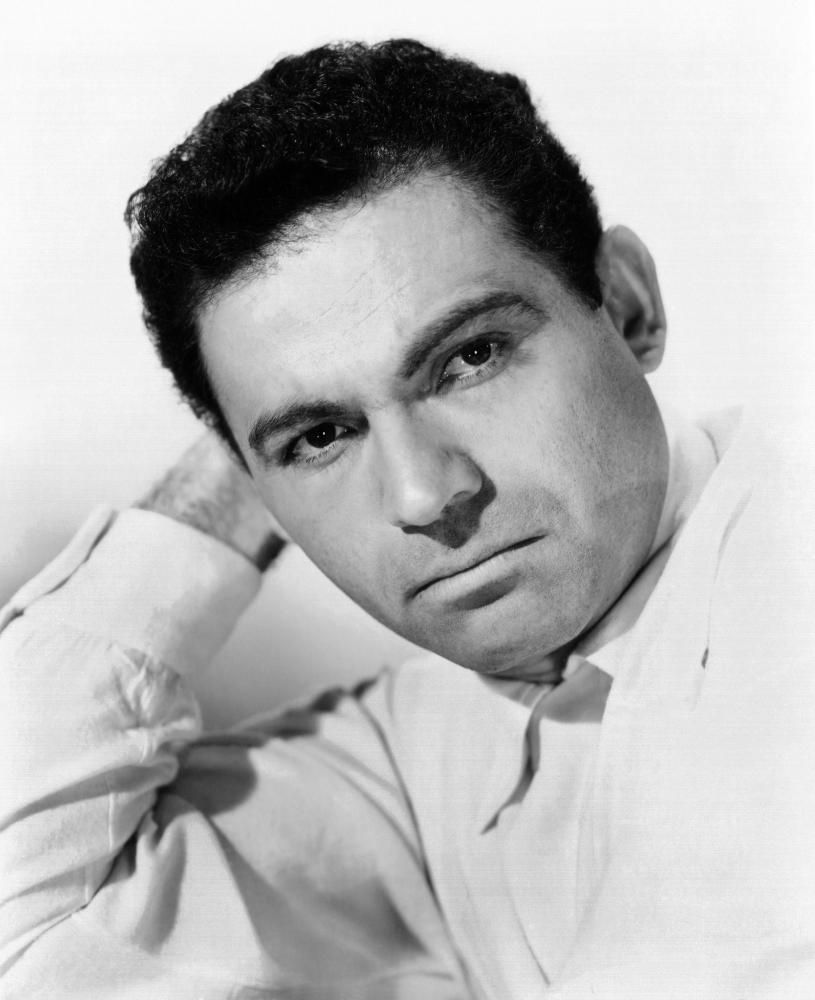
In a television appearance on “Gunsmoke,” he played a character who challenged James Arness to a gun duel. Since Arness was 6’8 Persoff wanted heels so that he could be more of a threat (Persoff was 6’0). Arness heard about Persoff getting heels so he got his own to be even taller. Persoff’s television credits also included roles on hit shows like “Mission: Impossible,” “I Spy,” “Rawhide” and “The Untouchables.”
Later in his film career he took on older roles such as the father of Barbara Streisand in “Yentil,” the father of Arnold Schwarznegger and Danny Devito in “Twins” and went back to his Jerusalem roots to play the chief rabbi in Martin Scorcese’s “The Last Temptation of Christ.”
In his post-acting life, he has taken up a passion for painting at his Cambria, California residence. He sells his works online at here. He recently painted a work of Feivel and his father Papa Mousekewitz, whom he voiced for the classic animated film “An American Tale,” for a fan in Paris. The inspiration for that voice was his uncle Yitzhik.
One of his proudest accomplishments is a one-man show he performed on the stage for 30 years, “Shalom Aleichem.” The musical “Fiddler on the Roof,” was based on Aleichem’s stories.
At the heart of Persoff’s film career are direct links to Kazan and his time at the Actor’s Studio. In addition to “On the Waterfront,” Persoff acted in Kazan’s plays “Sundown Beach” and “Royale.”
“His genius was that he looked for an actor that looked like a character that he knew had that experience in his life that would get him to respond to a particular role,” Persoff said. “He had a sense of what was cooking inside of you, what could get you excited, what could get you mad.
“That man put his stamp on acting.”


